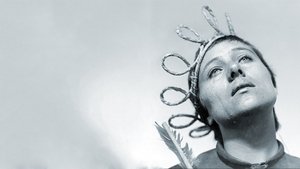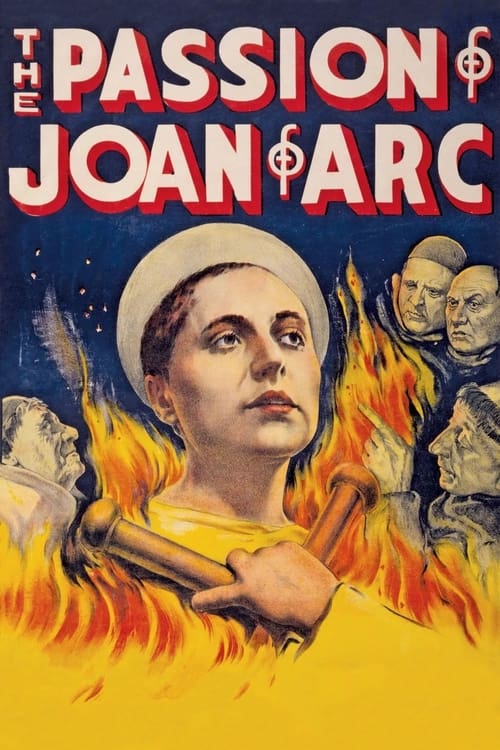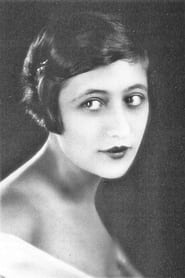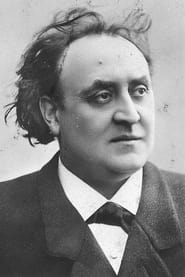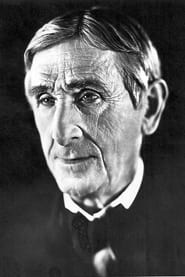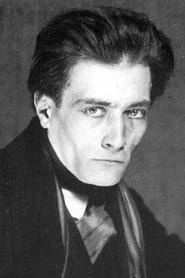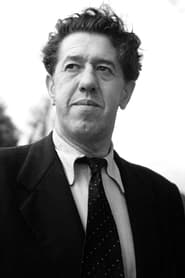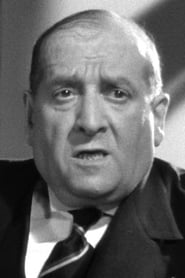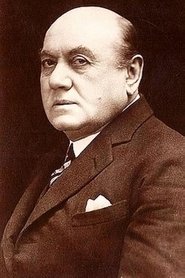Cast
View AllMaria Falconetti
as Jeanne d'Arc
Eugène Silvain
as Bishop Pierre Cauchon
André Berley
as Jean d'Estivet
Maurice Schutz
as Nicolas Loyseleur
Antonin Artaud
as Jean Massieu
Michel Simon
as Jean Lemaître
Jean d'Yd
as Guillaume Evrard
Louis Ravet
as Jean Beaupère
Armand Lurville
as Judge
Jacques Arnna
as Judge
Alexandre Mihalesco
as Judge
Léon Larive
as Judge
Jean Aymé
as Judge (uncredited)
Gilbert Dacheux
as Judge (uncredited)
Gilbert Dalleu
as Jean Lemaître (uncredited)
Crew
Director
- Carl Theodor Dreyer
Writer
- Joseph Delteil
Reviews
CinemaSerf
Maria Falconetti is superb as the eponymous tortured soul betrayed and tried for heresy in 15th century France. The history is well known, and Carl Theodor Dreyer sticks fairly faithfully to the more established, traditional, chronology which leaves us, the audience, to focus much more on the wonderfully emotive, gritty and poignant efforts from the cast and the wonderfully creative talent behind the camera. The combination of innovative, intimate and intense photography coupled with the beautifully expressive facial expressions from Miss Falconetti; the subtle but potent brutality of her persecutors - personified well by Eugene Silvain's Bishop Cauchon but also well exemplified by the cold and soul-less panel of judges all make this an effective and chilling film. The score - semi angelic, frequently intimidating but always powerful helps create an atmosphere that genuinely makes you feel fear and trepidation for this young woman, a pawn in things she little understands, but sticking faithfully to her beliefs of divine intervention and pureness of spirit. That emotional link is contagious, and even as a man of little faith myself, I found myself feeling an overwhelming pity for this person caught up in a trap of very much earthly ambition and deceit. It's a tough watch at times, especially as the chronicles remove even the slightest of chances for this woman. It is also pretty short - and that helps keep that momentum moving really well; there is no time for extended and sprawling cinematography to lessen the impact - it's a film about humanity, trauma and fear; and takes some beating...
Jun 8, 2022
cyberflixgold
There are a few different versions of this movie with different audio tracks. Dreyer himself criticized a bastardized version in the 1950s that changed the vignettes and audio to better fit for audiences of the time.
I saw this movie long ago from a poor reproduction with what I assume was the original score and it was pretty good. Years later showed it to someone else and we saw the remastered Voices of Light version. It had been elevated to a true masterpiece.
The higher video quality really lets us see Dreyer's decision to not use the extremely common heavy makeup found in the silent film era. The missing puzzle piece was found in the form of perfectly fitting vocals. Dreyer will simply have to excuse us for modifying his film.
Jan 27, 2025
Thematic Analysis
As a dramatic work, The Passion of Joan of Arc examines complex human relationships and emotional struggles against the backdrop of a period setting that reflects societal issues of its time. The character development particularly stands out, offering viewers a chance to reflect on their own life journeys.
Director Carl Theodor Dreyer brings their distinctive visual style to this film, continuing their exploration of themes seen in their previous works while adding new elements. Their approach to character development and emotional depth creates a viewing experience that rewards close attention.
Released in 1928, the film exists within a cultural context that now offers viewers historical perspective on the social issues of that era. Its critical acclaim reflects its artistic achievements and its place in cinema history.
Did You Know?
- The production of The Passion of Joan of Arc took approximately 30 months from pre-production to final cut.
- The final cut of the film runs for 82 minutes, though the director's initial assembly was reportedly 131 minutes long.
- The film contains approximately 2055 individual shots.
- The cast underwent specialized training for 2 weeks before filming began.
- Several scenes were filmed in multiple locations to capture the perfect setting.
Historical Context
- In 1928, when this film was released:
- Rock and roll music was revolutionizing popular culture.
- The Cold War was intensifying, influencing global politics and culture.
- The film industry was dominated by major studios, with independent cinema still in its early development.
How This Film Stands Out
While The Passion of Joan of Arc shares thematic elements with other films in its genre, it distinguishes itself through its unique approach to storytelling, visual style, and character development.
Unlike Raging Bull, which focuses more on action than character development, The Passion of Joan of Arc subverts genre expectations by exploring its themes with greater nuance.
While films like It's a Wonderful Life and Primal Fear explore similar territory, The Passion of Joan of Arc stands apart through its deeper exploration of its central themes and more complex characterization.
This film's unique contribution to cinema lies in its bold artistic choices and willingness to challenge viewer expectations, making it a valuable addition to its genre.
Details
- Release Date: April 21, 1928
- Runtime: 1h 22m
- Revenue: $18,121
Where to Watch






